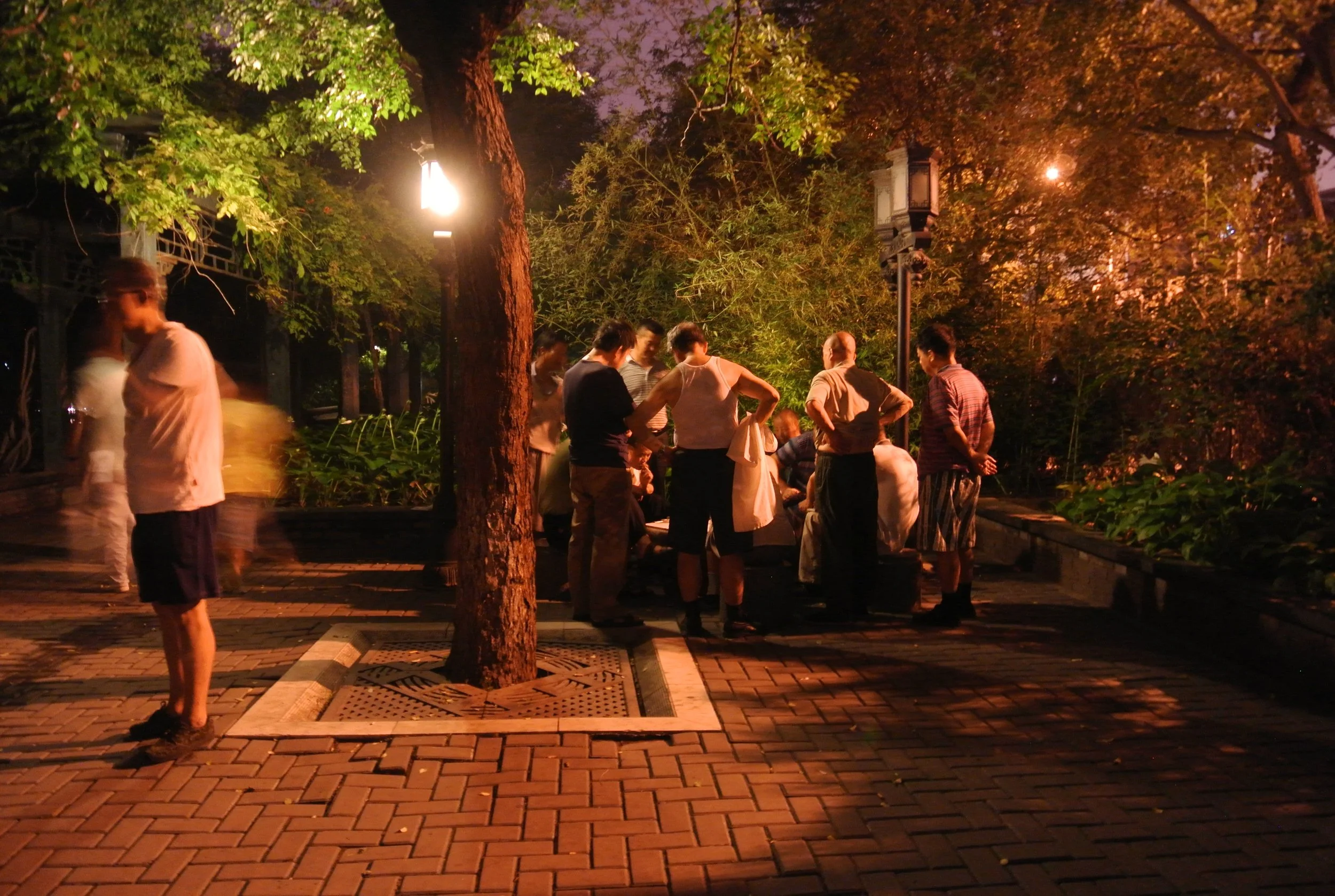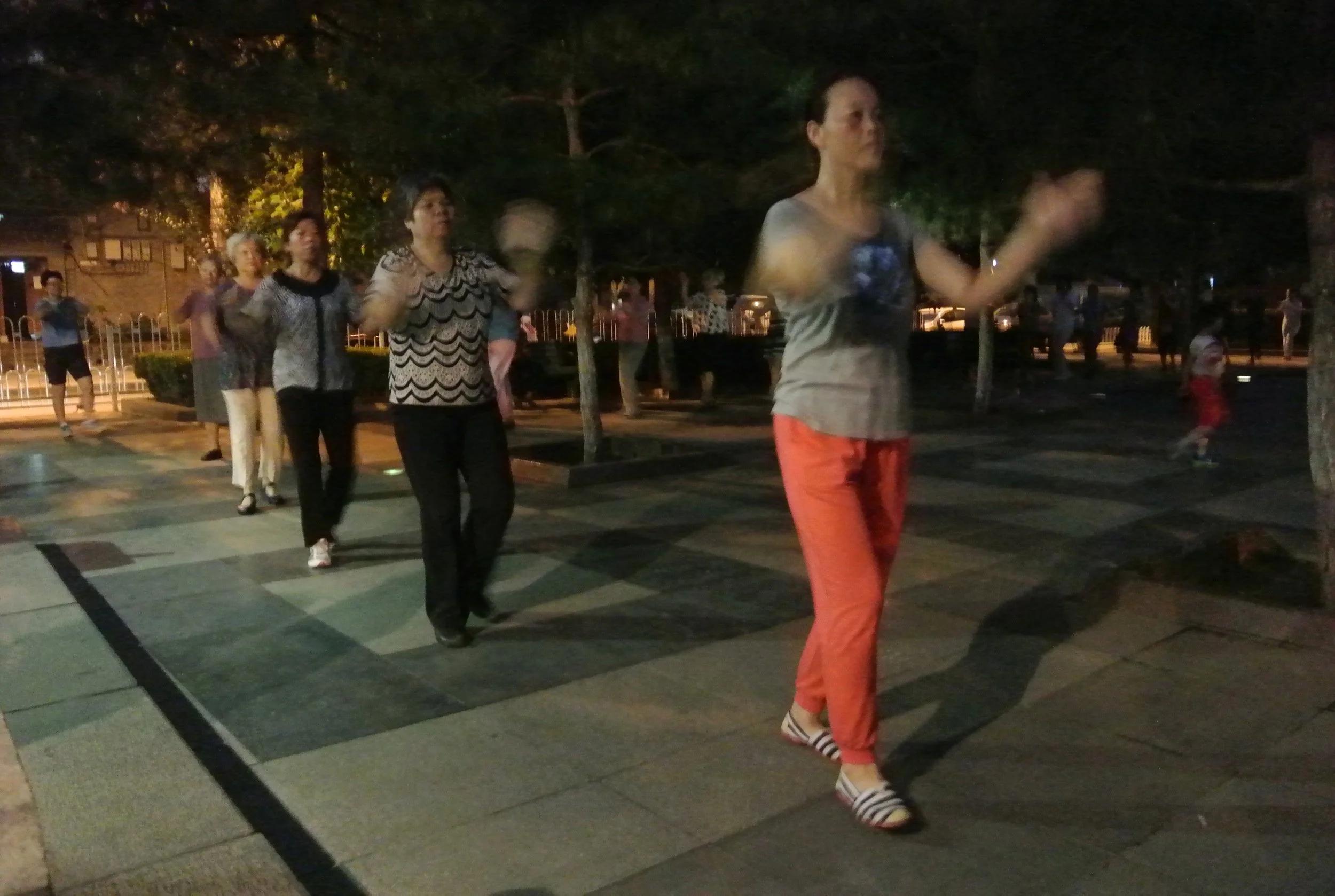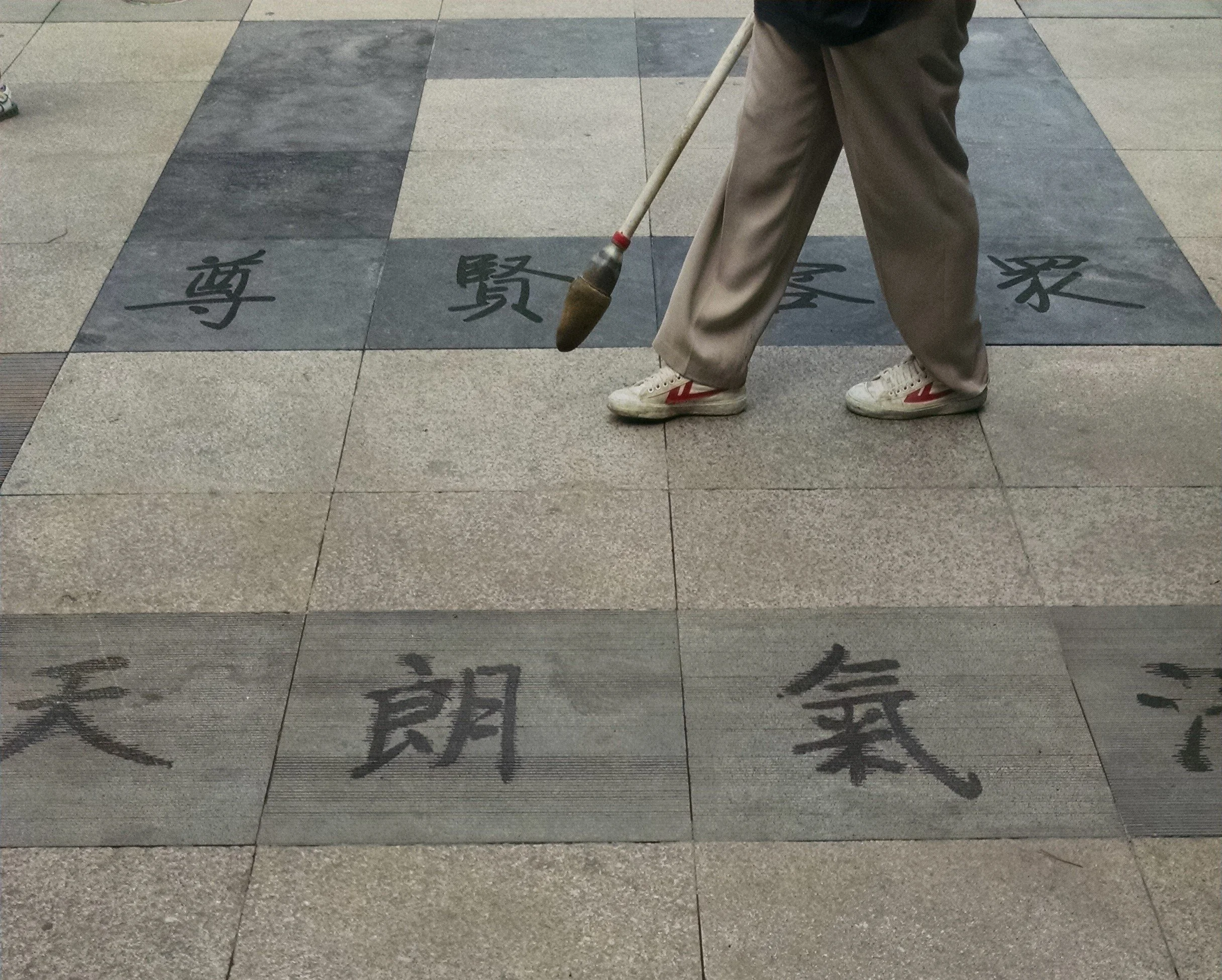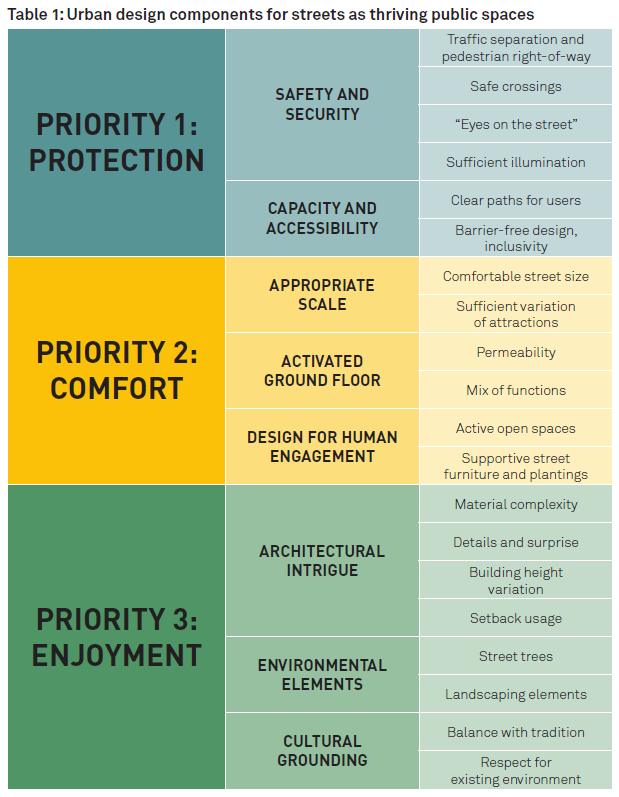
Huangchenggen Relic Site Park Design Analysis
Investigating public space in Beijing, for China Architecture Design and Research Group, 2015
From Portland to Beijing, thriving public parks have some essential qualities in common. First and foremost: options.
Under China Architecture Design & Research Group (CADG), I was tasked with developing a replicable site assessment strategy for Chinese streets and parks. We wanted to highlight thriving public spaces.
What we found when we compared American and Chinese parks was that the best ones provide multiple ways to engage, with both programmed and open spaces available. While the checkers tables in Huangchenggen Relic Site Park successfully encourage one popular activity, an unprogrammed open space can be almost anything: a place to dance with friends, an easel for calligraphy, or a roller rink.
I was responsible for data collection, report organization, a fair bit of writing, photography, and report layout. If you read Chinese, you’ll find that this PDF includes some Lorem Ipsum throughout, as my Chinese colleague completed it after I left Beijing. This report represents only the introduction chapters and one case study of a book that will ultimately profile ten thriving Chinese urban spaces.
We started our investigation by asking: What makes a great public space?
We reviewed and synthesized a few standards for public space, but were most heavily influenced by Jan Gehl’s Twelve Quality Criteria. Our team decided that we were comfortable using this framework for analysis, despite its European origins and possible cultural differences. Ultimately, we found ways to merge European, American, and Chinese methods of design analysis and categorization.
We took note of design details that helped make this space different from any other.
We found that spaces with public art, signage, and architecture were very popular, but so were unprogrammed, open spaces.
We asked who used the park and how.
As a diverse team, we recognized that we brought different styles of research to the table. Rather than conduct an extensive intercept survey, we chose to show off the different types of people who used the park via “user profiles” This was a new strategy for our Chinese teammates, and we appreciate their openness to our methods.









